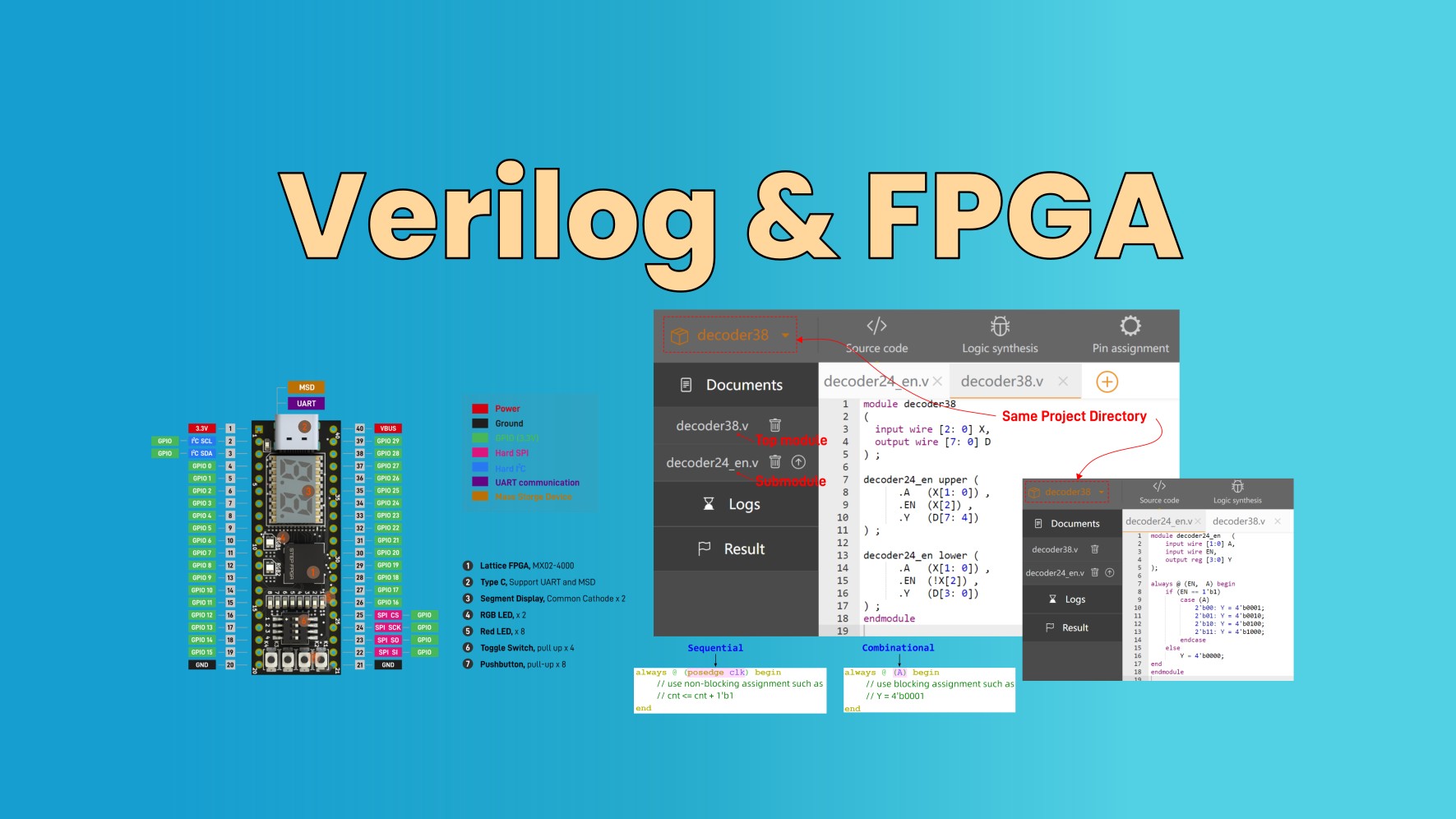What is a Zener Diode What is Characteristics of Zener Diode-Zener diode as voltage regulator
When it comes to protecting sensitive electronic circuits and ensuring a stable voltage supply, few components are as reliable and essential as the Zener diode. This special type of semiconductor diode plays a critical role in modern electronics, especially in voltage regulation, surge protection, and reference voltage generation.
In this article, we’ll explore:
-
What is a Zener diode?
-
Zener diode characteristics
-
Zener diode circuit symbol and appearance
-
How Zener diodes work in reverse breakdown
-
Zener diodes as voltage regulators
What is a Zener Diode? How Does a Zener Diode Work?
A Zener diode is a special-purpose diode designed to allow current to flow in the reverse direction when a specific reverse voltage threshold, called the Zener breakdown voltage (denoted as VZ ) is reached. Unlike conventional diodes which block reverse current beyond a certain point (eventually breaking down destructively), Zener diodes are engineered to enter breakdown safely and stably conduct current in this reverse-biased condition.
This unique behavior allows the Zener diode to be used for one key function: voltage regulation.
How Does a Zener Diode Work?
In the forward-biased condition, a Zener diode behaves just like a regular diode, conducting current with a typical forward voltage drop of about 0.7V (for silicon-based Zener diodes).
However, in the reverse-biased condition, the Zener diode exhibits a sharp increase in current once the reverse voltage reaches VZ, the Zener voltage. From that point onward, the voltage across the diode remains nearly constant, regardless of changes in the input voltage or load resistance.
This property is illustrated in the Zener diode V-I characteristics curve, where the reverse region shows a steep vertical rise at VZ, indicating constant voltage and increasing current.
Zener Diode Characteristics
Here are the key electrical and operational characteristics of Zener diodes that make them so useful:
-
Zener Breakdown Voltage (VZ): The reverse voltage at which the diode starts to conduct. Common values range from 2.4V to over 200V, depending on the model.
-
Zener Impedance (ZZ): This refers to the dynamic resistance of the Zener diode in the breakdown region. A lower Zener impedance means better voltage regulation and less variation in VZ as current increases.
-
Power Dissipation (Pmax): The maximum power a Zener diode can dissipate is the product of VZ and the maximum allowable current. Exceeding this can damage the diode.
-
Temperature Coefficient: Zener voltage may slightly vary with temperature, especially for low-voltage Zeners (under 5.6V), which exhibit a negative temperature coefficient, while higher voltage types show a positive coefficient.
-
Reverse Leakage Current: Even below the breakdown voltage, a small amount of leakage current may flow. This is usually negligible but important for precision applications.
Zener Diode Symbol and Physical Appearance
Symbolically, a Zener diode is similar to a regular diode but has bent bar ends to represent the reverse breakdown capability.
In practice, Zener diodes look similar to general-purpose diodes but often have colored bands or markings to indicate their voltage rating. Manufacturers usually code the Zener voltage directly on the package or use color stripes for identification.
Learn by Doing with the Analog Circuits & Semiconductors Kit
Analog Circuits & Semiconductors Learning Kit is more than just theory—it’s built to help you see the principles in action.
You’ll learn:
- How to design a working Zener voltage regulator
- How to interpret Zener diode datasheets
- How real-world variations like dynamic resistance affect circuit performance
- How to safely test and measure voltage and current using multimeters
Whether you're a student, maker, or aspiring engineer, this kit gives you everything you need to build confidence in analog electronics, one experiment at a time.
Ready to explore this and more?
👉 Check out our Analog Circuits & Semiconductors Learning Kit and start mastering the building blocks of electronics—hands-on, intuitive, and project-based.

